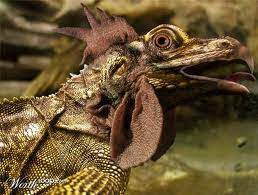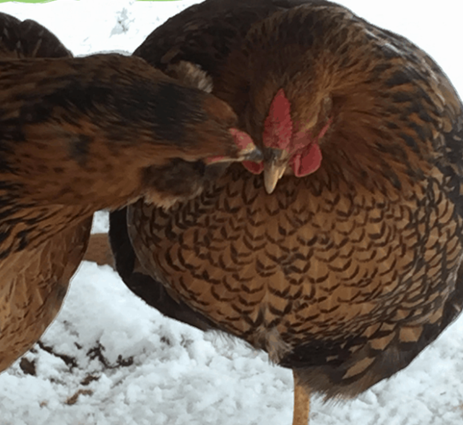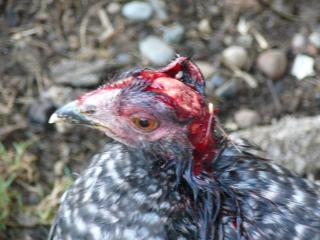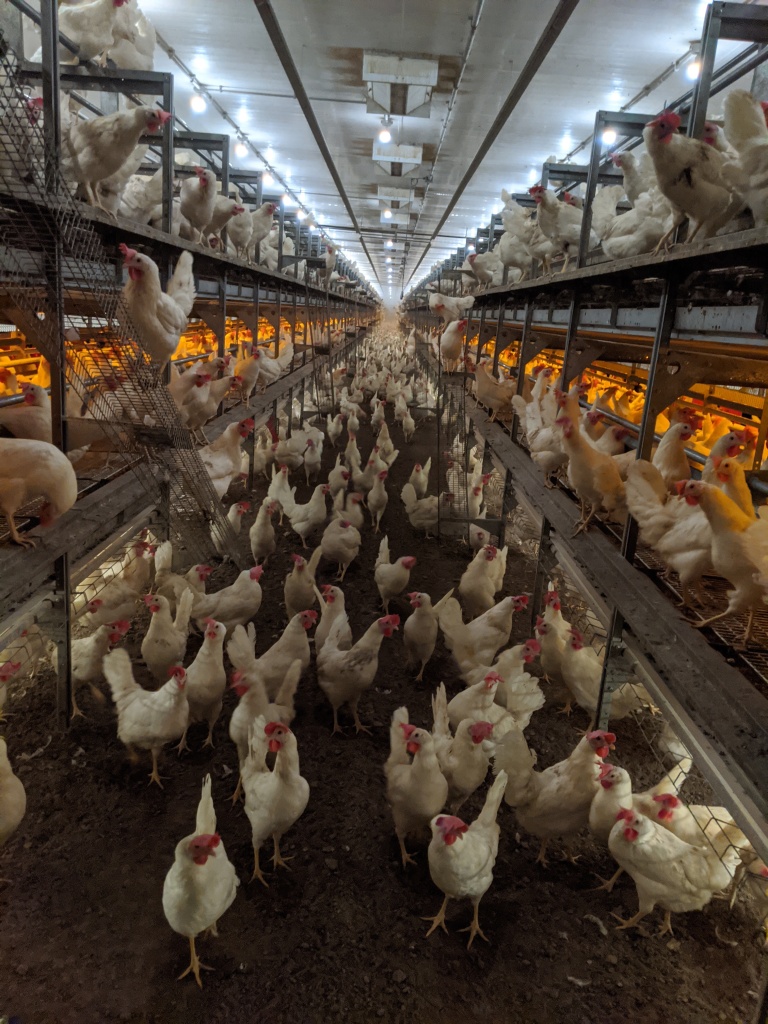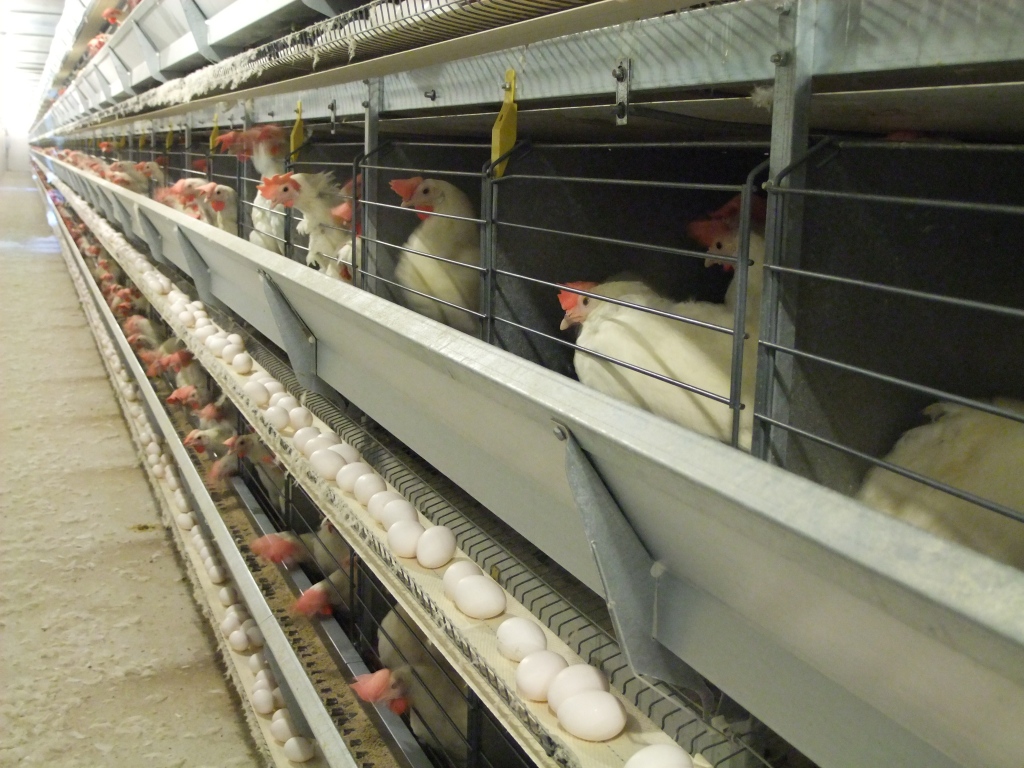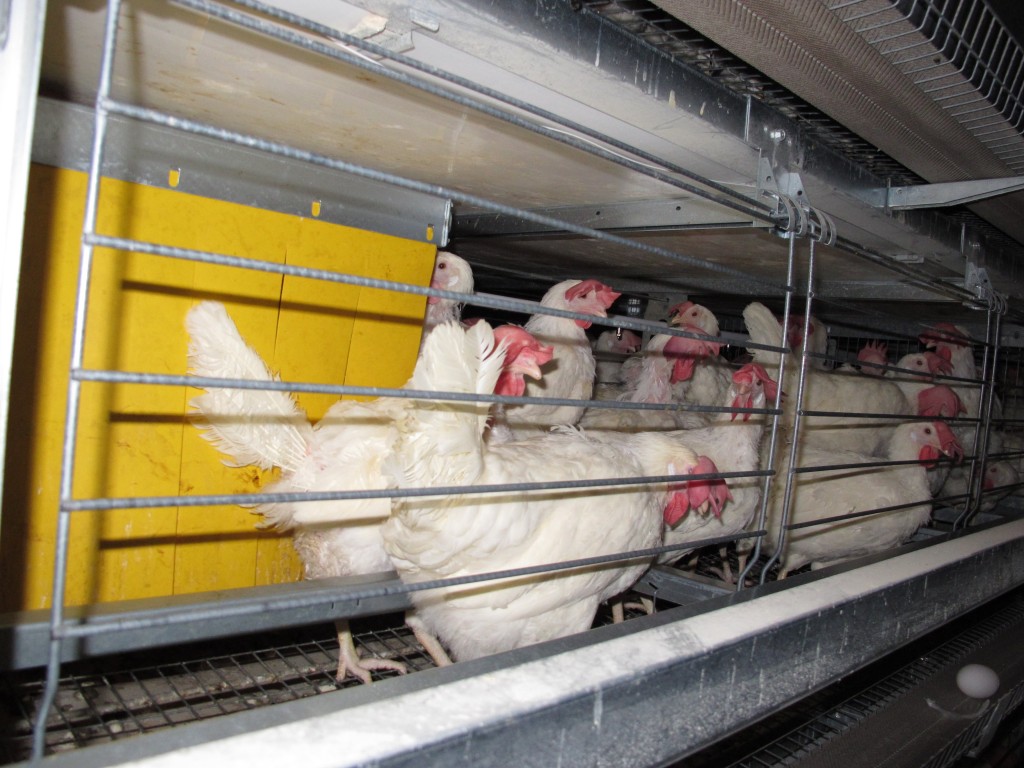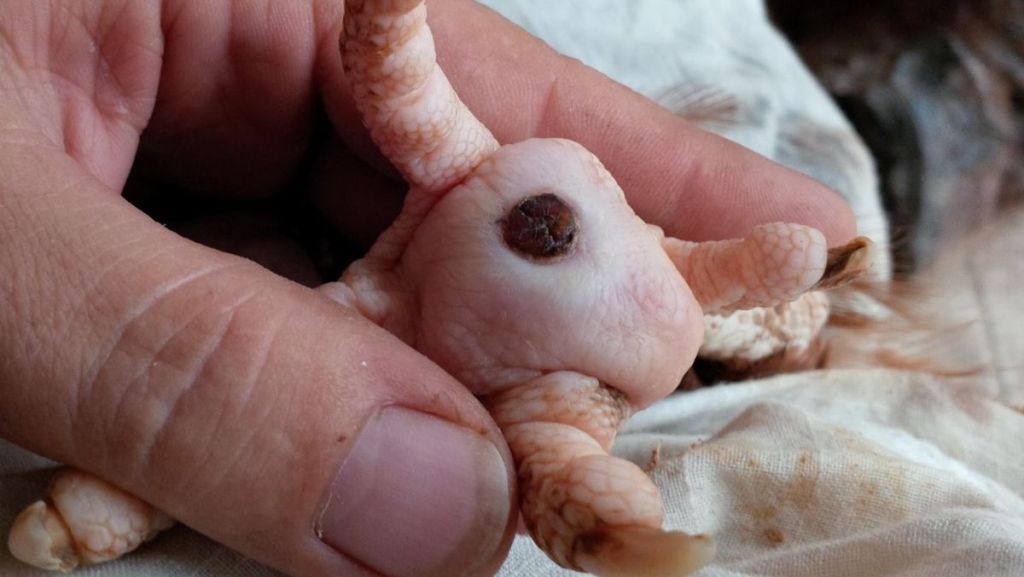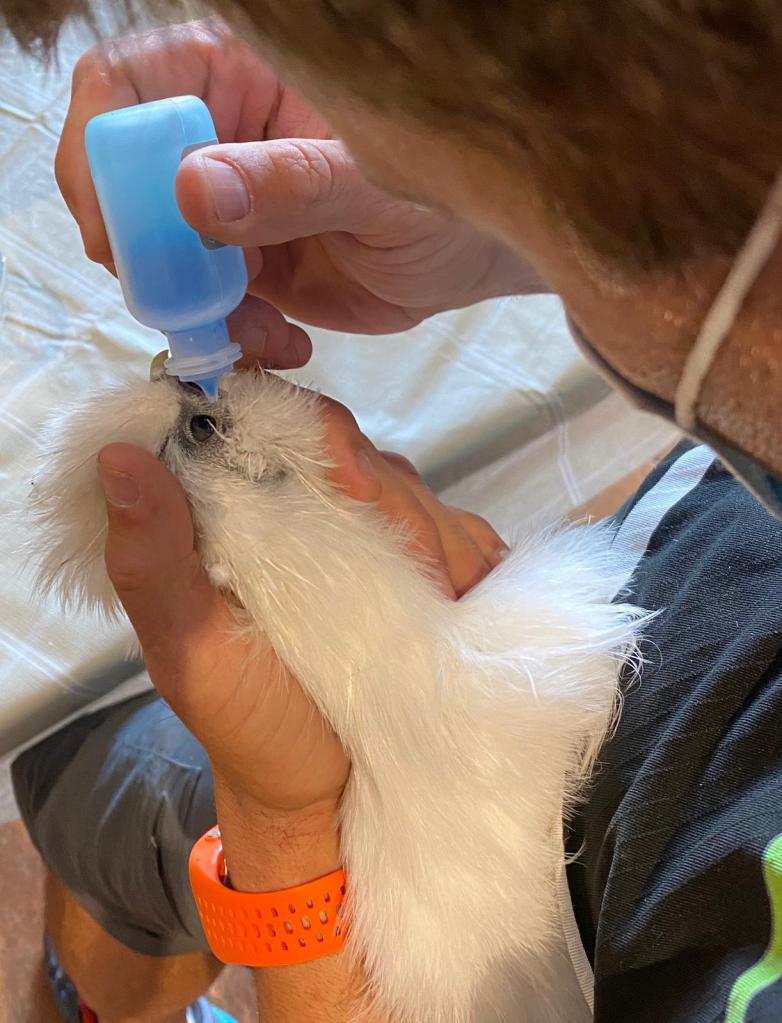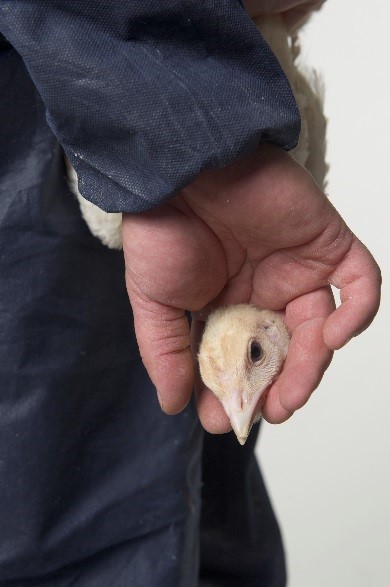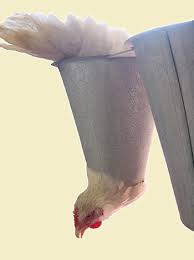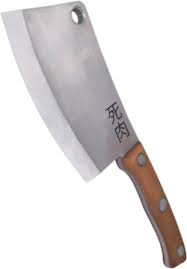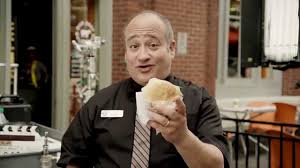Hen-pecking, inter-bird aggression, cannibalism, or just plain meanness…..chickens are famous (and rightly so) for being barnyard bullies. Chickens are the nearest living relatives to the T-rex, so this maybe shouldn’t be surprising.
There is an entire corner of the English language that originated from the aggressive behaviour of chickens….pecking order, hen-pecked, cock-of-the-walk, and ruling the roost. One of the reasons that egg farming has developed the way it has is to control and minimize the aggression that birds exhibit toward each other. Essentially, anyone who keeps chickens, small scale or large, must use strategies to make their birds “play nice”.
The social structure of chickens is very strict, hierarchical, aggressive, and potentially quite violent. Realizing that chickens don’t interact the way people do, and understanding why they do what they do will help understand how to prevent or correct problems if they start. Pecking order in a stable group of chickens starts to develop around 5 weeks of age and is set around 8-10 weeks of age. Taking chickens out or adding chickens to the group disrupts the hierarchy, and it must be re-established. Taking birds away for 2-3 days doesn’t seem to disrupt things, but much longer than that, and the individual’s place is “forgotten” and she will need to find her place again. Chickens seem to be able to recognize and organize about 30 birds in a flock, where a pecking order can be established and maintained mostly by posturing and threatening. Beyond that, it is difficult to know who should eat in what order, or who should have access to the most attractive spots, and more physical interactions will occur. This is why caged birds have fewer problems with injurious pecking…..cages developed partially to keep the group size small enough for a chicken to know her place. This also usually works well in backyard flocks. It is more complicated to manage larger groups of birds to ensure harmony.
Chickens peck each other for a variety of reasons. Gentle pecking and grooming is a normal and valuable behaviour that keeps stray feathers and parasites at bay. If you watch closely, you will (and should) see this activity between birds in a healthy, content flock. As someone who works to keep chickens living in harmony, this “healthy” pecking complicates the world. Pecking is NOT abnormal in and of itself. However, gentle pecking can morph into more damaging behaviours. Feather pulling is like gentle pecking, but more aggressive. It’s hard to definitively say when a bird is being slightly aggressive with gentle pecking, or when she starts being a problem. If chickens never pecked each other normally, then we could just watch for any pecking, and it would be simple!
To further complicate things, there are several types of damaging pecking. If there are things missing from the diet, chickens discover that their flockmates can be a source of nutrients. Some birds pull feathers to eat them since they are essentially made of pure protein. This behaviour (feather eating) sometimes starts very
early in the chick’s life. Chicks spend the early days picking up EVERYTHING and deciding “food”, or “not food” on each. If they are not well managed, some decide that feathers fall into the food category, and will continue this throughout their lives.
Another important type of pecking is aggressive pecking. Establishing and protecting the pecking order in a flock is a full-time job for chickens. A study of 30 ten-bird flocks showed that within several days the birds organized into a social structure from alpha to omega. There were hundreds of “aggressive interactions” each day, usually directed at the bird directly below the aggressor in the hierarchy (a grad student had to watch and count these….a moment of silence for this poor soul). Interestingly, in the year of the study, one 1 pair of birds switched spots. A bird went from 6th to 5th. The rest stayed completely stable. Aggressive interactions don’t necessarily mean physical confrontation, but the more intense the competition gets, the more likely it is that the interaction becomes physical.
Aggressive pecking is almost exclusively at the head, and it isn’t uncommon for serious wounds to develop on the head. Anything that causes the birds to compete causes more emphasis on the hierarchy. If there are not enough perch spaces or feed access, it becomes much more important to get to that resource before it is used up. Professional farmers spend a lot of time and effort making sure that there are ample resources for their birds to minimize aggression. Damage from aggressive pecking is uncommon in commercial flocks because we have a lot of science to tell us how much floor space, feeder, water, perch and nest space we need to provide to keep competition to a minimum. Small flock keepers should investigate all resources if they are experiencing aggressive pecking.
In summary, pecking is unavoidable and normal….until it isn’t. Then it is usually secondary to some other deficiency in the environment or ration…..unless it was caused as a chick…..or because there is just that one, exceptionally mean bird in your flock. It’s complicated and frustrating, and often, if you have a number of birds in your flock that are pecked, watch carefully the gorgeous, well-feathered, big specimen of chicken excellence, because she is very often the problem!!!
The third, and often most dramatic form of pecking is cannibalism. This occurs when birds (which are very effective predators in their own right) start damaging flockmates to gain nutrients from them. Any nutrient deficiency can be corrected with a few well-placed attacks of birds that a
re not able to defend themselves. Often birds that are already compromised through illness or lameness become targets of attacks, and chickens will literally kill their flockmates. The first thing I always recommend to farmers or backyard keepers who want to decrease cannibalism is to separate compromised or very small birds from the flock for her protection. One of the common pecking damage I see is around the vent, causing injuries that are often misdiagnosed as damage from egg laying. Vent pecking is often the result of birds not having enough calcium in their diet. Calcium doesn’t dissolve very well in the gut, and quite a bit of the large particle calcium passes directly through the bird. Another chicken that has not gotten enough calcium will often peck the vent of another bird to get the calcium that is stuck to the vent, or while the manure is being excreted (don’t judge….even well-respected chickens eat poop). Often I’ve been successful in curbing vent pecking by improving the ration. Remember, feed a commercial ration that has been developed by a nutritionist who is familiar with laying hens or be REALLY sure you are able to make a nutritionally complete diet.
In summary, pecking is unavoidable, and normal…..until it isn’t. Then, it is usually caused by a deficiency of some type…..unless it was caused by early experiences. It is complicated! But, if you are experiencing injurious pecking, look closely at the biggest, prettiest, best-looking bird in your group…..she is very likely the source of the problem!!

